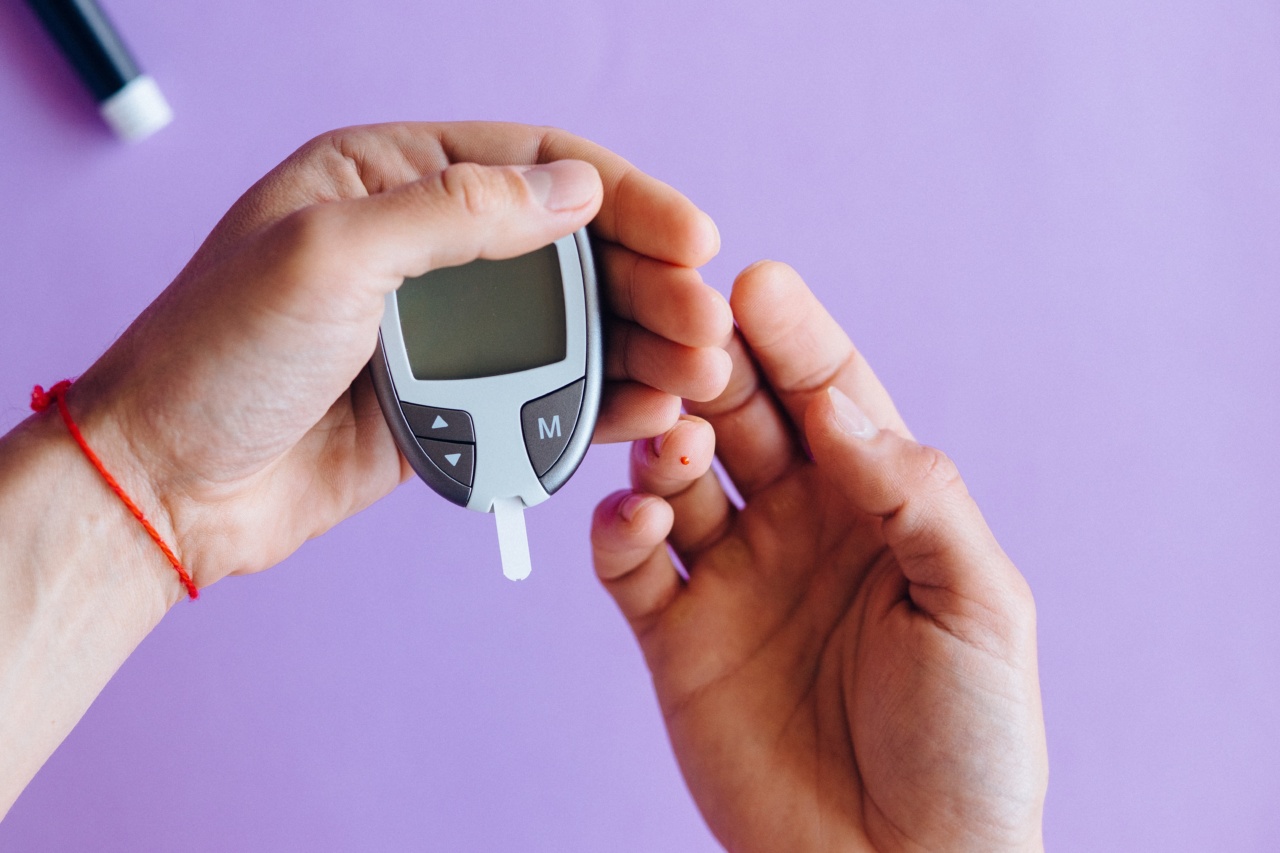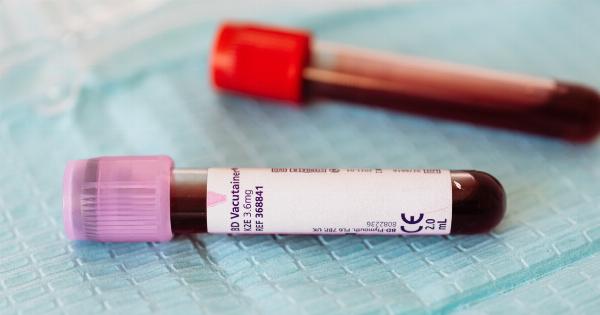Lung cancer is one of the most prevalent and deadly forms of cancer worldwide. According to the World Health Organization (WHO), it is the leading cause of cancer-related deaths, accounting for approximately 1.76 million deaths in 2018 alone.
Early detection and treatment play a crucial role in improving lung cancer outcomes, but unfortunately, it is often diagnosed at an advanced stage when treatment options are limited. However, advancements in medical science are continuously striving to change this scenario. One such breakthrough is the development of a blood test that can identify high-risk individuals for lung cancer.
The Need for Early Detection
The effectiveness of cancer treatment largely depends on early detection. When cancer is diagnosed at an early stage, before it has spread to other parts of the body, the chances of successful treatment and remission are significantly higher.
However, lung cancer is notorious for being asymptomatic during its initial stages, making it difficult to detect until it has progressed. By the time symptoms such as persistent cough, chest pain, and shortness of breath appear, the cancer has often already spread to other organs.
This makes finding a reliable early detection method all the more crucial.
Regular screening programs, such as low-dose computed tomography (CT) scans, are recommended for individuals at high risk, such as heavy smokers and those with a family history of lung cancer. However, these screening methods may not be accessible to everyone due to their cost, availability, and potential risks associated with radiation exposure from CT scans.
Therefore, a blood test that can accurately identify individuals at high risk for lung cancer would be a game-changer.
The Promise of Liquid Biopsy
Liquid biopsy, a non-invasive diagnostic test that uses a sample of blood to detect genetic alterations and biomarkers associated with cancer, has gained significant attention in recent years.
This technique offers a unique opportunity to detect various types of cancer, including lung cancer, by analyzing circulating tumor DNA (ctDNA) released into the bloodstream by cancer cells. Researchers have been exploring the use of liquid biopsy in lung cancer screening and monitoring, aiming to develop a reliable blood test for early detection.
A recent study published in the journal “Nature Medicine” has shown promising results in identifying high-risk individuals for lung cancer using a liquid biopsy blood test.
The study involved analyzing blood samples from over 12,000 individuals, including both current and former smokers, using a technique called targeted error correction sequencing. This technique enabled the detection of ctDNA with a high degree of accuracy, allowing the identification of individuals with a higher likelihood of developing lung cancer.
The Science Behind the Test
The blood test works by detecting specific genetic alterations and mutations commonly associated with lung cancer. When lung tumor cells die, they release ctDNA into the bloodstream.
By analyzing the ctDNA for genetic alterations, such as mutations in genes like TP53 or EGFR, researchers can identify individuals who have a higher risk of developing lung cancer. This technique also enables monitoring of individuals who have already been diagnosed with lung cancer, helping to assess treatment response and detect potential relapse.
While more research is needed to further validate the effectiveness of this blood test in larger and more diverse populations, the initial results are promising.
The study demonstrated that the liquid biopsy blood test could accurately identify high-risk individuals, including those who currently do not meet the criteria for screening with CT scans. This could potentially expand lung cancer screening to a larger population, ultimately leading to earlier detection and improved outcomes.
The Potential Impact
Early detection of lung cancer through the use of a blood test has the potential to revolutionize the way we approach this deadly disease.
By identifying high-risk individuals, healthcare providers can intervene earlier, offering targeted surveillance or preventive measures to reduce the likelihood of developing lung cancer or catching it at an early, treatable stage.
Moreover, the development of a blood test for lung cancer screening could address the current limitations of CT scans, such as high costs, potential harm from radiation exposure, and limited accessibility.
A simple blood test can be performed in clinics and healthcare facilities without the need for specialized equipment or expertise, making it a more feasible option for widespread screening.
Additionally, the implementation of a blood test as a screening tool could potentially increase screening rates and reach populations that have historically been underserved or at a higher risk of developing lung cancer.
This can lead to the early detection of lung cancer in those who may not fit the current screening criteria but still have a considerable risk due to factors like smoking history or exposure to environmental hazards.
The Road Ahead
While the development of a blood test for lung cancer screening is a significant stride in the fight against this deadly disease, there are still challenges to overcome before its widespread implementation.
Further research is needed to validate the effectiveness of the test in diverse populations and refine its accuracy and reliability.
Standardization of the testing procedure and the establishment of guidelines on the follow-up and management of individuals identified as high-risk will be crucial.
Additionally, cost-effectiveness studies and the integration of the blood test into existing healthcare systems need to be considered to ensure accessibility and affordability for all individuals who could benefit from this screening method.
Nevertheless, the potential benefits of a blood test for lung cancer screening are undeniable. It could save countless lives by enabling early detection and intervention in individuals at high risk.
As research and advancements continue, it is hoped that this promising approach will soon become a routine part of lung cancer screening, bringing us one step closer to defeating this deadly disease.





























